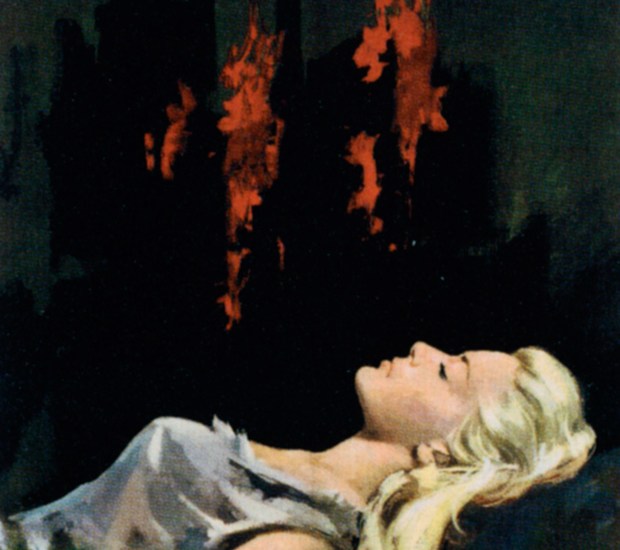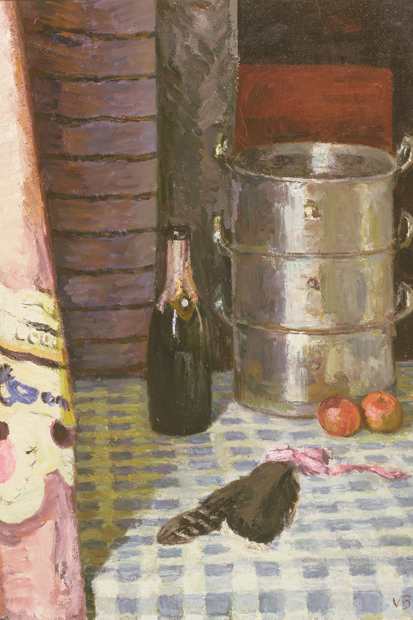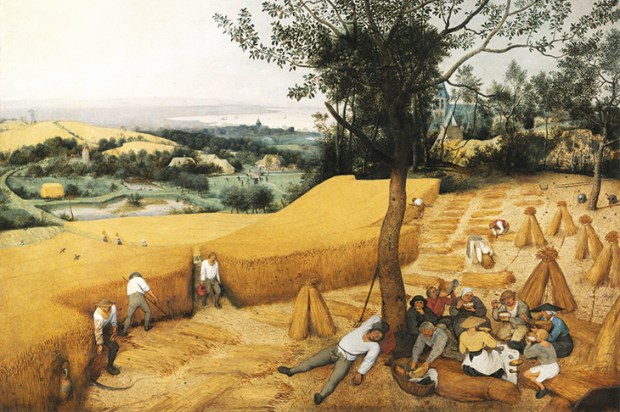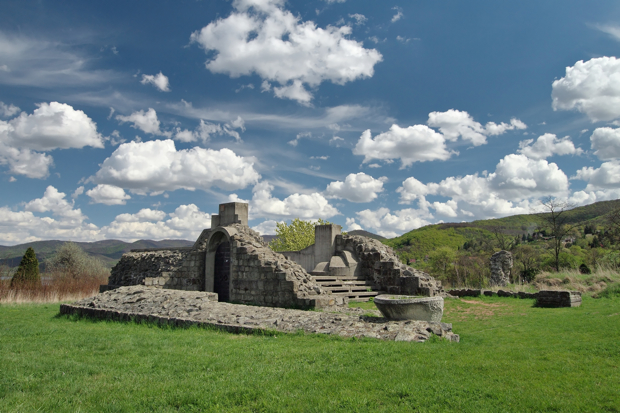Everyone knows about the Spanish civil war, first battlefield in the struggle that broke out in 1936 and ended nine years later in the ruins of Berlin. It has been immortalised in the work of Hemingway, Orwell and Koestler and commemorated in the heroic deeds of the International Brigades. This is how it is remembered by Camilo José Cela, the conservative novelist and Nobel Prize winner:
To the conscripts of 1937, all of whom lost something: their life, their freedom, their dreams, their hope, their decency.
Already a subscriber? Log in
Subscribe for just $2 a week
Try a month of The Spectator Australia absolutely free and without commitment. Not only that but – if you choose to continue – you’ll pay just $2 a week for your first year.
- Unlimited access to spectator.com.au and app
- The weekly edition on the Spectator Australia app
- Spectator podcasts and newsletters
- Full access to spectator.co.uk
Unlock this article
You might disagree with half of it, but you’ll enjoy reading all of it. Try your first month for free, then just $2 a week for the remainder of your first year.














Comments
Don't miss out
Join the conversation with other Spectator Australia readers. Subscribe to leave a comment.
SUBSCRIBEAlready a subscriber? Log in